The Facts
What is a right of carriageway?
A right of carriageway is a form of easement which gives someone the right to access their property through the property of another person.
It is a full and free right for a person in whose favour the easement is created, and everyone authorised by that person, to go, pass and repass through the property that the right of carriageway is on, at all times and for all purposes, with or without animals or vehicles.
Burdened land adjacent to benefitted land
A right of carriageway was noted on the titles of two adjoining properties in Hornsby.
The dominant tenement (the “benefitted land”, which enjoys the use of the easement on someone else’s property) backed onto the rear of the servient tenement (the “burdened land”, which has the easement upon it for others to use).
The owners of the servient tenement had lived on the property since early 2000, while the owners of the dominant tenement acquired their property in 2020 from previous owners, who had lived there since 1974.
Creation of right of carriageway
The right of carriageway was created in 1967. It was 10’0” wide and ran along the eastern boundary of the burdened land. For many years, the right of carriageway had been blocked by fences at each end and by a large pine tree which had been planted at one end.
No driveway or pathway had ever been constructed on the right of carriageway and it had not been used since at least 2005.
Contradictory claims regarding use of right of carriageway
The owners of the burdened land claimed that since they moved into their property in December 1999, the right of carriageway had never been used.
By law, an easement is deemed to be abandoned if it has not been used for 20 years. The owners of the burdened land argued that the right of carriageway had been abandoned by the previous owners of the benefitted land and for that reason, the easement should be extinguished.
However, there was evidence that up until 2005, the children of the former owners of the benefitted land had used the right of carriageway three or four times per week, to access a swimming pool and to carry out pamphlet and paper delivery runs to houses in the neighbouring streets.
In addition, when the benefitted property was sold to its current owners in 2020, it was marketed as having access to the street via the right of carriageway.
Irreconcilable positions lead to legal action
The owners of the benefitted land commenced legal action, seeking to uphold their right to pedestrian access via the right of carriageway and seeking the have the fences built on it removed.
In response, the neighbours counterclaimed, seeking to extinguish the right of carriageway on the basis that it had fallen into obsolescence.
It was up to the court to decide whether to uphold or extinguish the easement.

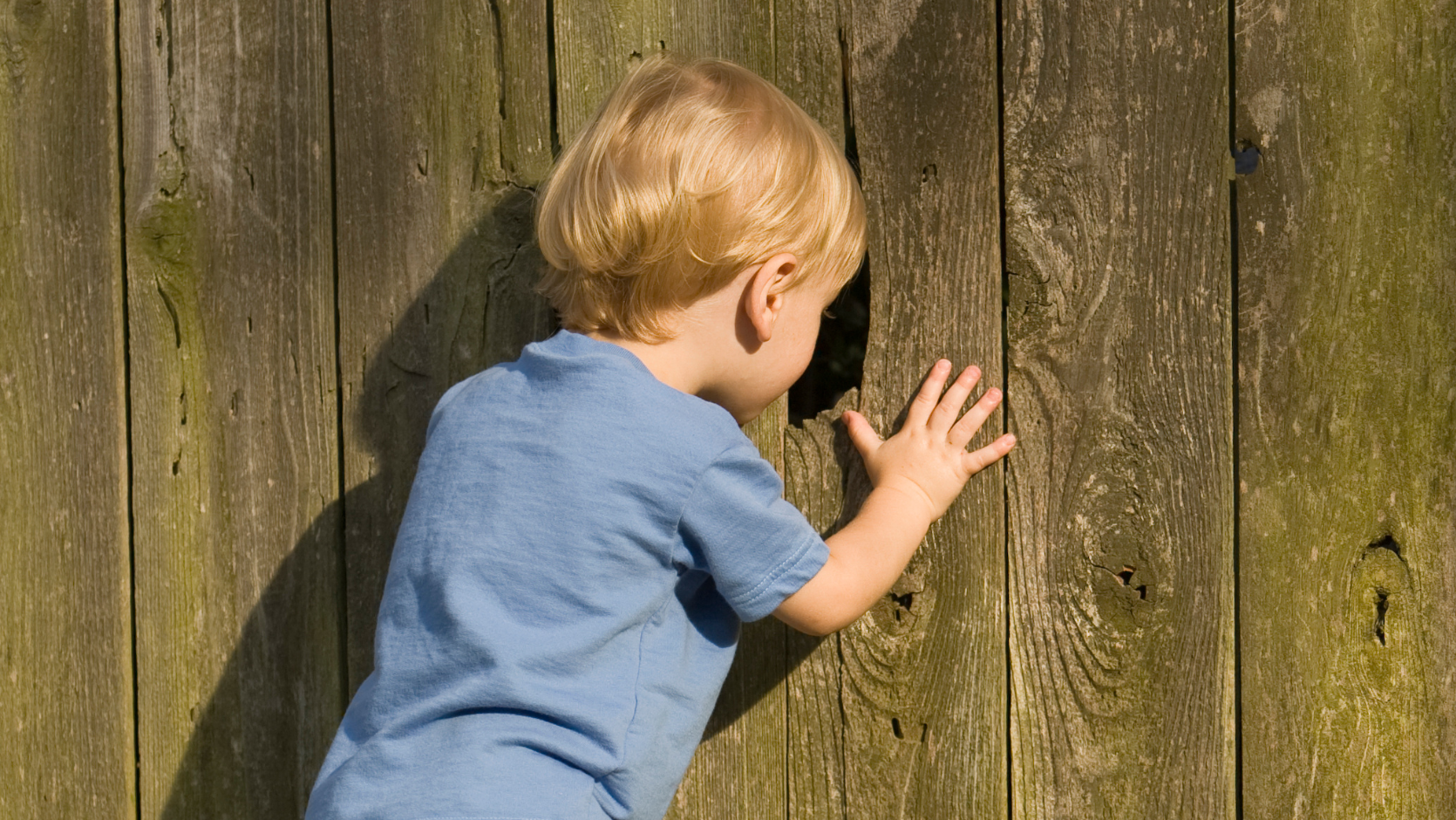

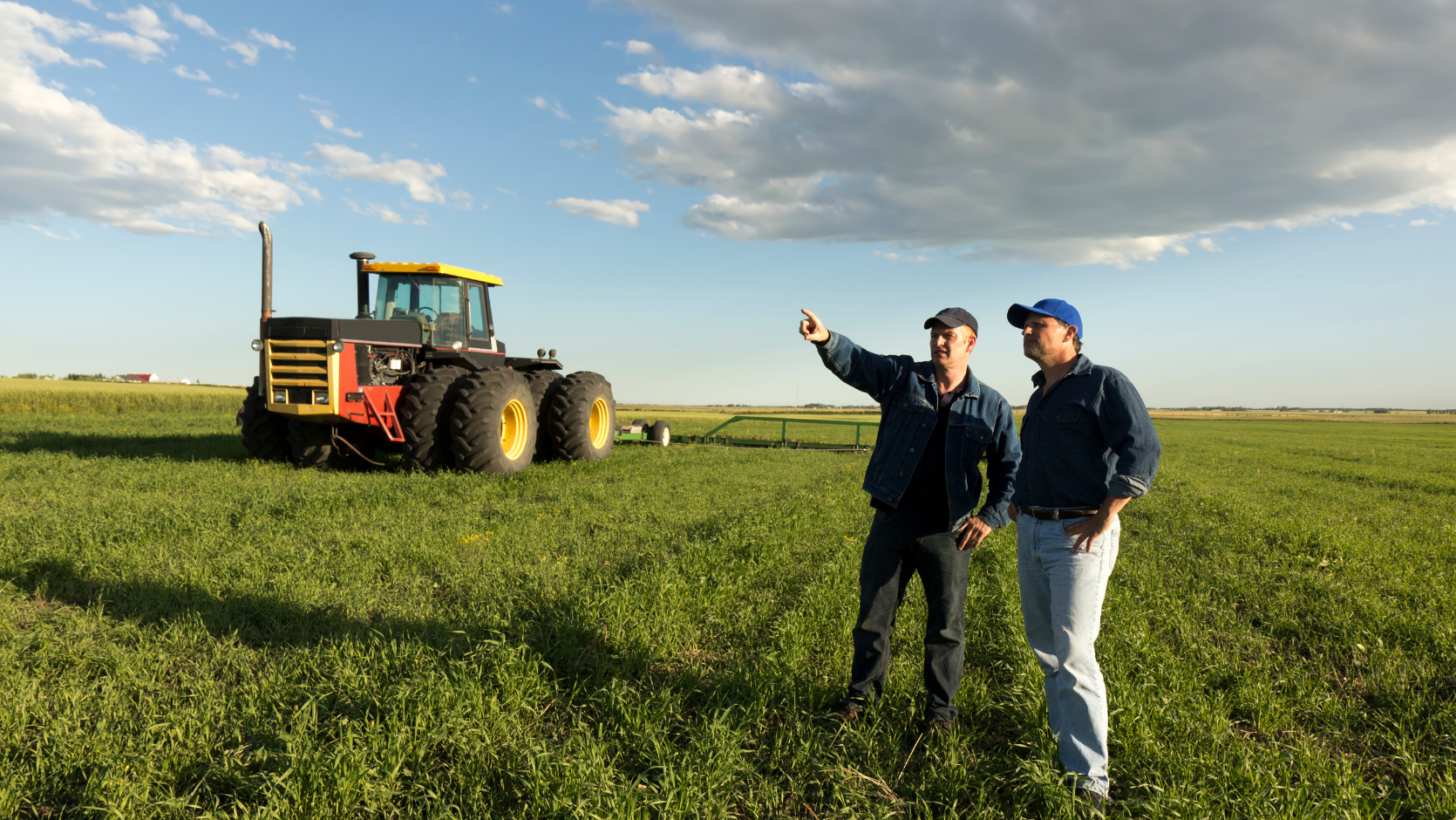





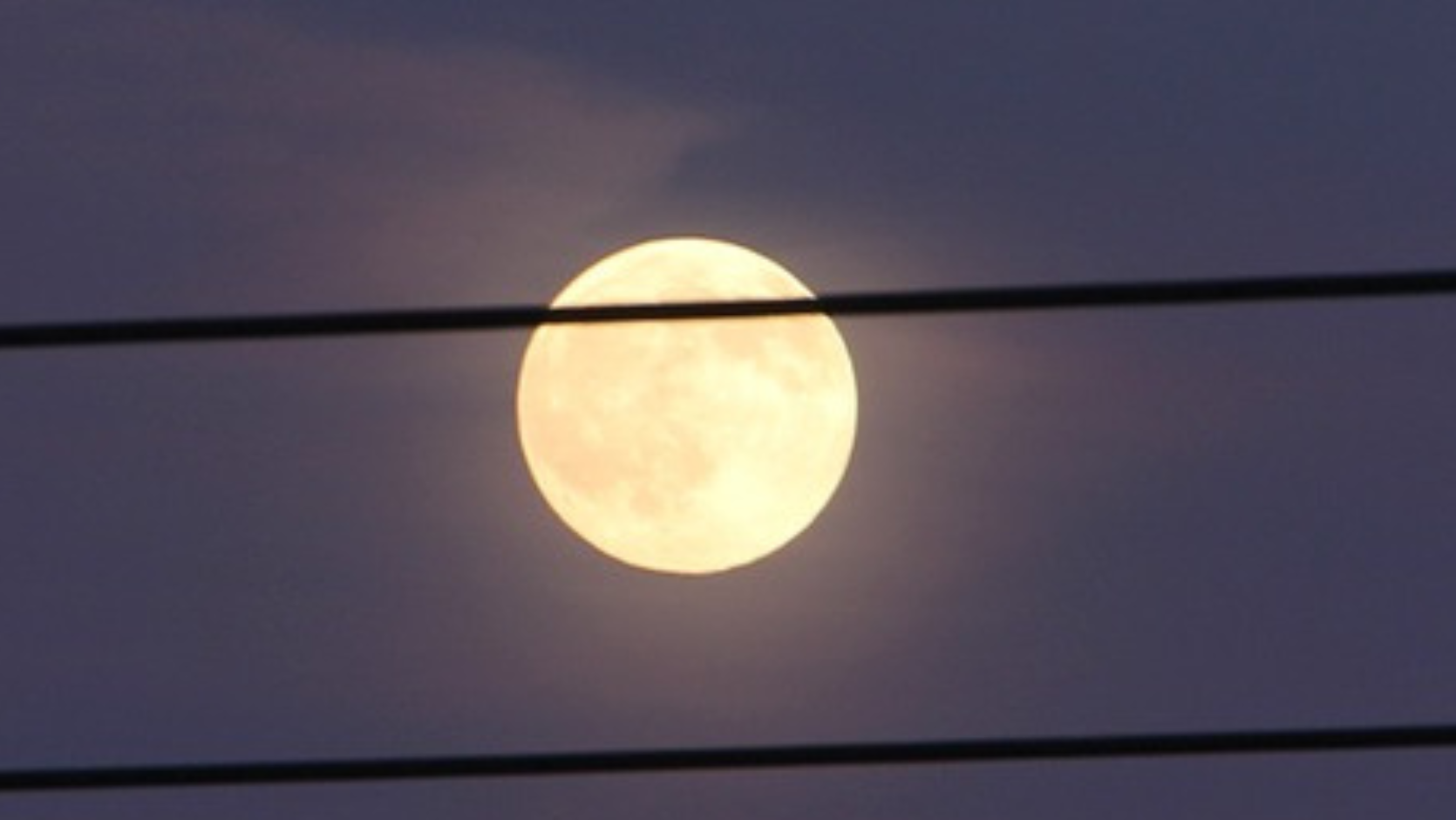
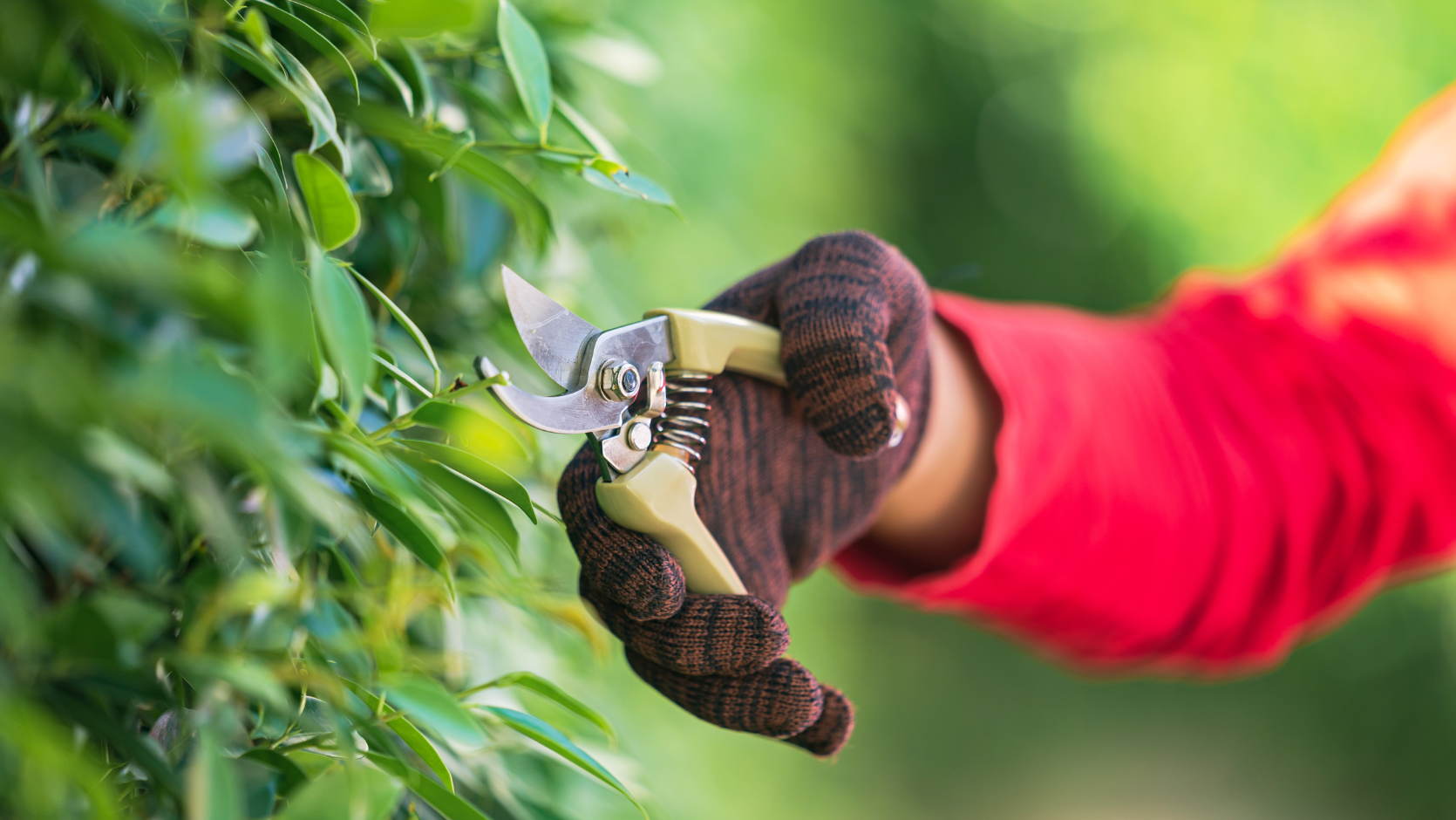


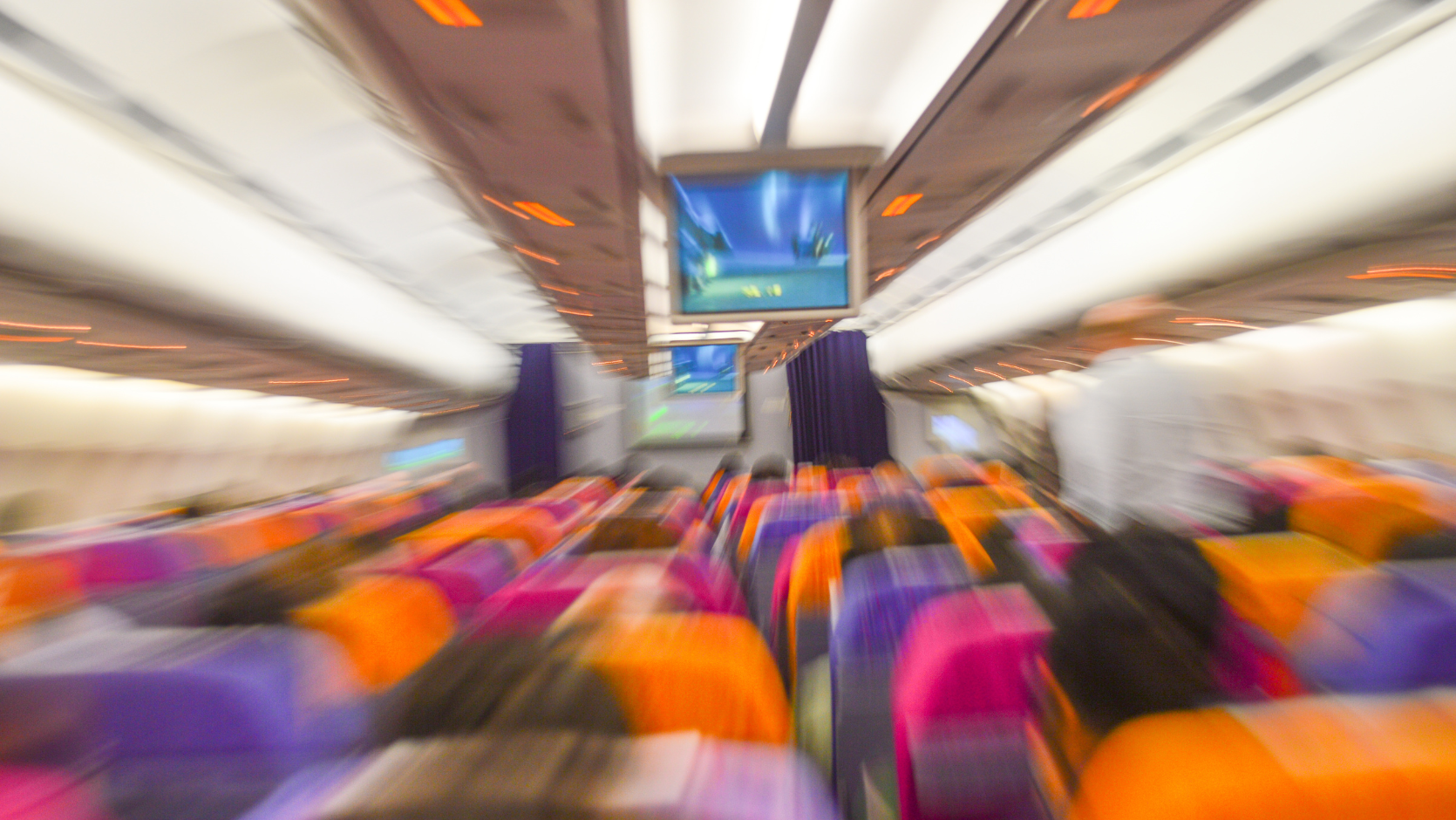
Expert commentary on the court's decision
Court refuses to extinguish right of carriageway
In the case Castle v Achdjian [2022] NSWSC 1340, the Supreme Court found that the right of carriageway had not been abandoned.
It agreed with the position of the owners of the benefitted land, Jessica and Andrew Castle, upholding their right to use the easement as a thoroughfare to the street.
The court ordered the owners of the burdened land, Lena and Vatche Achdjian, to remove the fences blocking the right of carriageway, so that the Castles could use it.
Practical obstacles to achieving vehicular access
While the original purpose of the right of carriageway was to facilitate vehicular access to the dominant tenement via the servient tenement, the court observed that the terms of the easement also allowed for non-vehicular access.
The court took into account the evidence that it would not be possible to construct a driveway that complies with the applicable design and planning standards within the right of carriageway, and that the council was unlikely to approve the construction of such a driveway; nor was it likely to approve the removal of the large pine tree which had been planted on it.
These factors meant that vehicular access was unlikely to be achieved.
Pedestrian access via right of carriageway
However, there were no such impediments to achieving pedestrian access.
The court noted that the timber fence that blocked the entry onto right of carriageway could be quite easily and inexpensively removed or modified to allow entry into the right of carriageway.
The court concluded that if the fences obstructing the right of carriageway were removed or modified to incorporate gates and some light vegetation was cleared, the easement could be conveniently used for pedestrian access.
In the opinion of the court, the Castles had given genuine reasons for wanting to use the right of carriageway – namely, walking their children to the local primary school and walking to the park and the shops. This use was deemed to be realistically capable of achievement.
The victory for the Castles was twofold, as the court not only ordered the Achdjians to remove the fences they had built and allow the Castles access to the right of carriageway: it also ordered them to pay the Castles’ legal costs.
Property buyers should investigate easements thoroughly
Anyone considering buying property would do well to remember that easements continue through time, binding future property owners.
All property buyers should investigate easements thoroughly as part of their due diligence.
It is also advisable for neighbours to maintain open lines of communication regarding property rights, if at all possible.